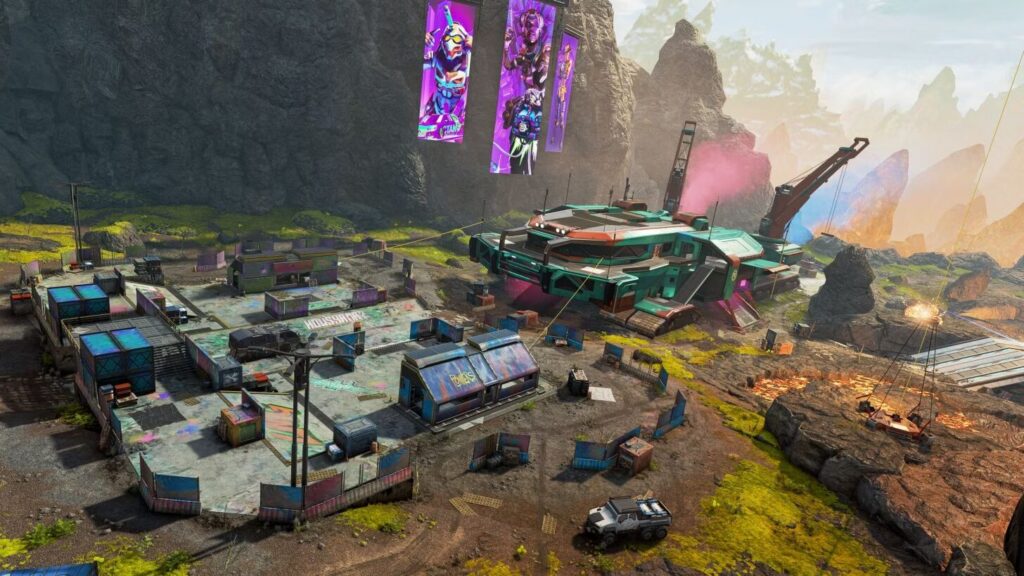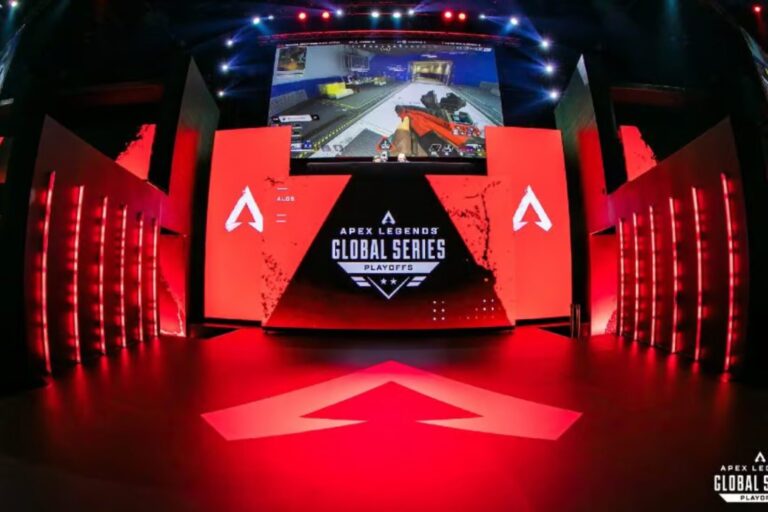
Apex Legends Seasons Dates : When Apex Legends dropped unexpectedly in February 2019, it instantly redefined the battle royale landscape. What followed wasn’t just content updates — it was the birth of a live-service rhythm. Each new season introduces not only a Legend or map tweak, but also balance shifts and event cycles that shape the entire player experience.
Understanding Apex Legends seasons dates helps players know when to expect new content, how long to complete a Battle Pass, and when Ranked splits reset. With Respawn Entertainment sticking to roughly a 90-day cycle, these seasonal transitions act as checkpoints in Apex’s ongoing evolution — a structure that keeps the community aligned and engaged across platforms.
How Apex Legends Seasons Are Structured

Every Apex Legends season follows a clear content structure, refined over six years of updates. The cycle usually looks like this:
- New Content Drop: A fresh Legend, weapon, or gameplay mechanic arrives on launch day.
- Map Update: Either a new map debuts or an existing one undergoes major changes.
- Ranked Reset: Competitive play restarts with two splits per season.
- Events & LTMs: Collection or Thematic Events, often tied to Heirlooms or lore arcs.
- Battle Pass Progression: 100 tiers of cosmetic rewards to complete before the next reset.
For example, Season 15: Eclipse introduced the Broken Moon map and Catalyst, while Season 24: Takeover overhauled combat by removing helmets entirely. Respawn’s mix of predictable structure and creative experimentation keeps each season distinct while maintaining a familiar rhythm for veteran players.
Apex Legends Seasons Timeline – Apex Legends Seasons Dates

Here’s a comprehensive look at every season’s start and end date, key additions, and gameplay milestones since the game’s launch.
| Season | Duration | New Legend / Feature | Major Highlights |
|---|---|---|---|
| Preseason | Feb 4 – Mar 19, 2019 | None | Game launch, no Ranked or Battle Pass |
| Wild Frontier (S1) | Mar 19 – Jun 18, 2019 | Octane | First Battle Pass, seasonal structure begins |
| Meltdown (S3) | Oct 1, 2019 – Feb 4, 2020 | Crypto | World’s Edge map debut |
| Ascension (S7) | Nov 4, 2020 – Feb 2, 2021 | Horizon | Olympus map, vehicles introduced |
| Escape (S11) | Nov 2, 2021 – Feb 8, 2022 | Ash | Storm Point map, C.A.R SMG |
| Eclipse (S15) | Nov 1, 2022 – Feb 14, 2023 | Catalyst | Broken Moon map, gifting feature |
| Upheaval (S21) | May 7 – Aug 6, 2024 | Alter | Solos return, Exotic Shards introduced |
| Prodigy (S25) | May 6 – Aug 4, 2025 | Sparrow | Arenas return, Pathfinder rework |
This table reveals a near-unbroken cadence of roughly 90 days between seasons. Each milestone — from Meltdown’s map overhaul to Prodigy’s Arenas revival — marks how Respawn continues to adjust the pace of content delivery without overextending its schedule.
How the Seasonal Model Evolved Over Time – Apex Legends Seasons Dates

In its early years, Apex Legends was primarily about introducing new Legends to expand tactical diversity. As the roster grew, Respawn shifted focus toward broader systems — Ranked overhauls, crafting mechanics, and map redesigns.
2019–2020: Focused on introducing new Legends (Octane, Wattson, Crypto) and the foundational Ranked mode.
2021–2022: Brought expansion with maps like Storm Point and Broken Moon, and experimental LTMs such as Arenas and Control.
2023–2025: Emphasized balance, class reworks, and live-service depth, from Revelry’s class system overhaul to Takeover’s global weapon buffs.
The result is a hybrid seasonal format — a mix of competitive reset and narrative progression. Each new drop connects with previous storylines through in-game dialogue, cinematics, and themed events. This long-term structure keeps the Apex narrative universe evolving, even as player metas shift.
How Long Does Each Season Last

On average, each Apex Legends season runs for 88 to 92 days, giving players ample time to finish the Battle Pass or climb the Ranked ladder. Seasons are typically split in half for Ranked play, creating two competitive refreshes before the next cycle begins.
There are exceptions:
- Season 3: Meltdown ran longer than usual due to map refinements.
- Season 7: Ascension had a shorter cycle to align with the holiday season.
- Pandemic-era Seasons 5–7 saw slight shifts as Respawn adjusted development cadence.
Looking forward, Season 26: Rivalry (expected August 2025) continues the steady pattern, likely bringing new Ranked changes and another map rotation. If Respawn maintains its current schedule, players can anticipate new content roughly every three months — a structure that has become one of the most reliable in the genre.
Conclusion: Understanding the Apex Legends Seasonal Blueprint
The Apex Legends seasons dates offer more than a calendar — they reveal how Respawn built a sustainable live-service model around rhythm, reward, and reinvention. Every three-month cycle reshapes the game, whether through new Legends like Horizon and Alter or system updates like EVO Shields and Legend Classes.
Six years in, Apex’s seasonal cadence remains one of its greatest strengths. It gives players a sense of predictability while still allowing room for surprise — a balance that keeps the community returning season after season. As Respawn heads toward 2026 and beyond, this structured evolution ensures Apex Legends remains both competitive and ever-changing, a rare feat in the battle royale landscape.



